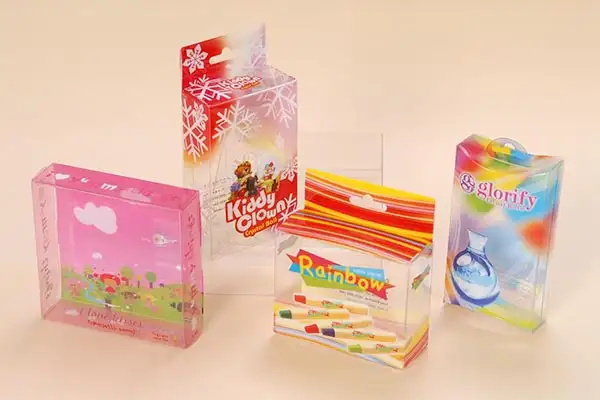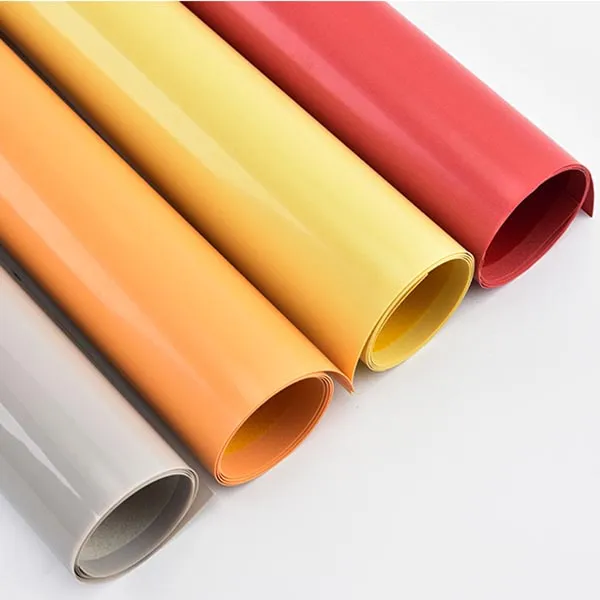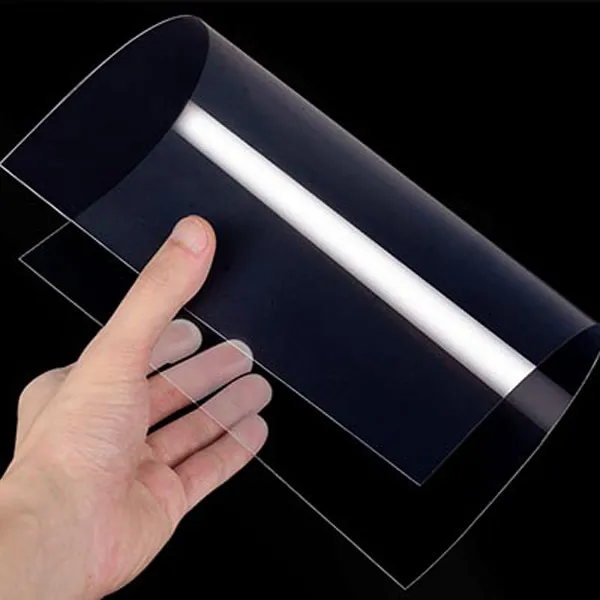Analysis of common causes of poor plastic suction of plastic sheets (Part 1)
Blister packaging has a good sales display effect because the contents of the package are visible, and it is widely used in packaging production. In view of the main failures of poor product blistering in the production process of actual plastic sheets, combined with actual production experience, the influencing factors were analyzed from the aspects of blistering materials, blistering process methods, and blistering equipment processing.

Advantages of blister packaging:
1. The blister of blister packaging is made of transparent materials, and PVC sheets and PP sheets are the most commonly used. At the product terminal, the paper card is generally hung on the shelf, and the shape of the product is clear at a glance, which is in line with the current consumer consumption pattern. Therefore, the packaged products are usually hung on the shelves of the shopping mall in a prominent position for easy sales.


2. By using blister wrapping for irregular products, the appearance of special-shaped products can be relatively neat, beautiful in appearance, more convenient for storage and transportation, and no additional buffer materials are required for packing.
3. The blister packaging can ensure that the products in the blister are not polluted by external dust, and have a certain barrier effect on water vapor. It not only ensures that the quality of the product is not affected, but also meets the requirements of environmental protection and green packaging.
4. It has a certain anti-opening function and can be used at any time, so that consumers can buy with more confidence.
There are many factors that affect the blister effect. Usually, in the process of product proofing, enterprises will use the experience exclusion method to find the factors that cause the poor blister effect of the product. The main factors that affect the blister effect include: influence of materials (paper, ink, blister oil), improper process parameters (temperature, pressure, blister time), and different heating methods of equipment.
The influence of printing ink factors:
Different components of printing ink materials, film thickness, suitability of ink and blister oil, ink drying speed and other factors directly affect the blister effect. General requirements:
¢Ù The ink used does not contain silicone wax and oil as much as possible. The gloss and flatness are good, but the blister oil is not easy to penetrate, and the blister effect will be lower.
¢Ú The printing ink layer is thin and the viscosity is low, the interior of the ink dries quickly, the blister oil is easy to penetrate, and the blister effect is better. In the ink component, the toner particles are small and the ink color concentration is high, which is beneficial to the blister effect.
¢Û Metal ink is difficult to blister, but it can be achieved when the ink layer is thin.
¢Ü The performance of ink and blister oil should be matched, and there is strong adhesion between each other, and other chemical reactions will not occur.
¢Ý Some resin materials in the ink component will have high hardness after curing (such as UV ink), resulting in unstable blister effect. Generally, printing inks with resin components with low hardness after curing are selected.
The influence of blister oil factors:
Blister oil is a kind of polymer material, there are many kinds, which can be classified according to applicable materials, such as PP blister oil, PVC blister oil, gold and silver card blister oil, cardboard blister oil, etc. Its main components are resin (such as polyurethane, acrylic), additives (such as anti-aging agent, thinner, etc.).
According to different properties, it is divided into water-based plastic oil, oil-based plastic oil, polishing plastic oil, wear-resistant plastic oil, strong plastic oil and so on.
General requirements:
In the coating process, the coating amount should be well controlled to ensure the leveling, gloss, penetration effect and dryness of the film surface. The blister process mainly controls temperature, pressure and time to ensure firm blister.
So consider:
1. Different resin compositions will affect the conjunctival effect and the penetration ability on the surface of the paper. Generally, polyurethane materials are formed by the reaction of cyanate esters with active hydrogen compounds. They have extremely active chemical properties, good permeability, and poor conjunctival properties. Acrylic resins are made of acrylates and methacrylates and other olefinic monomers. They have a chain-like structure and generally have a relatively large molecular weight. They have good printing and conjunctival properties, but poor permeability.
2. The viscosity and thin consistency of the blister oil will directly affect the leveling and permeability. High viscosity, thick blister oil, not easy to transfer, blocked penetration, poor hot air effect. Dilute the blister oil with the matching special thinner, and then measure it with a No. 4 measuring cup (viscosity is 25~28 seconds), and check the viscosity of the oil every 15 minutes. Every time you add or replace new crude oil, you need to check the viscosity of the oil and test the blister performance of the product.
3. The aging performance of the blister oil is not good, which will lead to the loss or poor performance of the blister after the oil is applied, which will cause it to fall off easily after the blister. It will mainly affect the shelf life of the blister oil. Generally, blister molding should be carried out within one month after the product has been oiled, and the effect is the best.
4. The influence of PH value of blister oil. Try to choose a weakly alkaline polyurethane blister oil with good elasticity, good adhesion and stable performance. Because the strong acidity of the blister oil can easily make the printed matter discolored, it will cause poor compatibility of other components in the blister oil, which will affect the penetration ability of the blister oil.
5. Before starting the machine, it is necessary to clean the oil pump and oil tank of the machine with the special diluent for blister oil to ensure that the machine equipment does not contain other oil residues, otherwise it will easily cause unnecessary chemical reactions and reduce the blister performance.
6. The performance of oily blister oil is better than that of water-based blister oil. The solvent in the oily blister oil has strong dissolving ability and high activity, and can destroy the hydrogen bond in the blister oil molecule. Small molecules are easier to penetrate, and the solvent is also very volatile, so the drying speed is fast and the blister effect is better.
Relative News
- Is PP Plastic Sheet the Best Material for Thermof…
- What Are the Different Types of Polypropylene She…
- Why choose PS plastic sheet for perfume bottle pa…
- The 37th China International Plastics and Rubber …
- Review of the first day of the 2025 Chinaplas exh…
- Application and unique advantages of light blocki…
- PULIXIN sincerely invites you to visit 2025Chinap…
- Today’s shipment – 20 tons of anti-fr…
- Customer Case: Successful Application of Anti-fre…
- How does the impact resistance of HIPS plastic sh…
